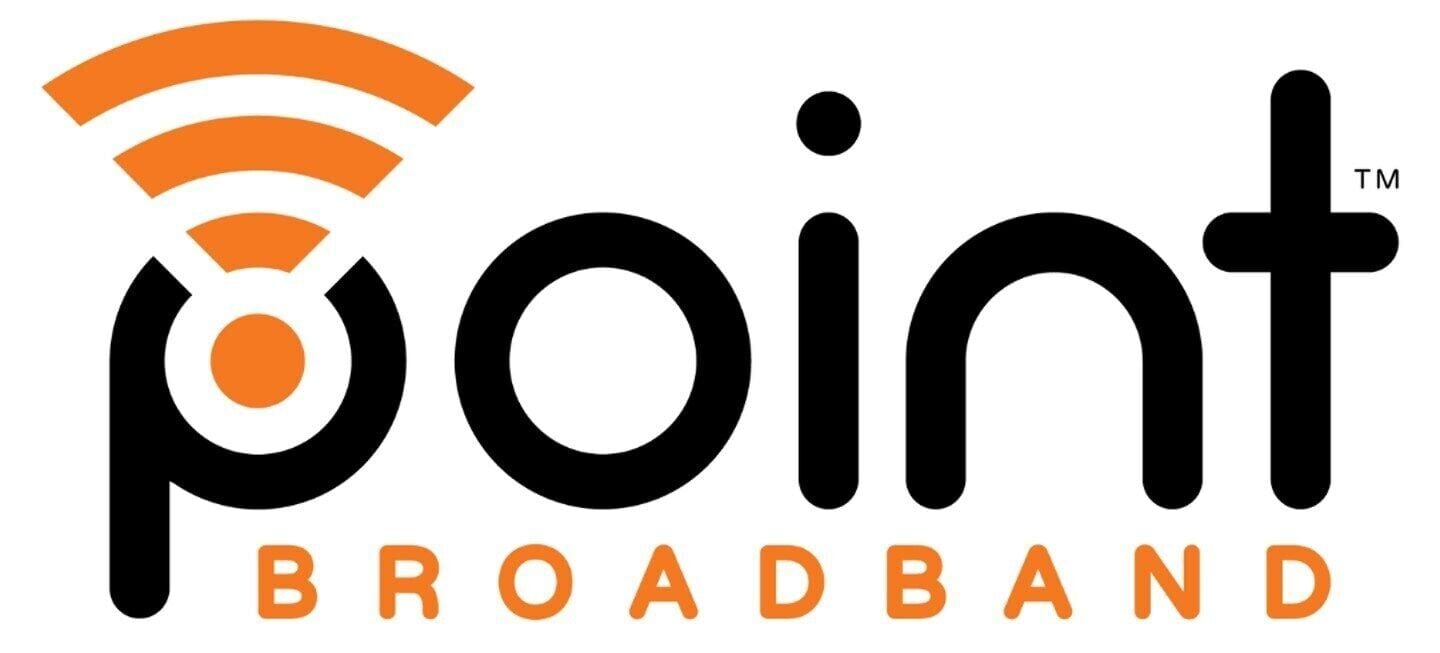The global HDPE pipes market is projected to reach $25.68 billion by 2029, fueled by rapid urbanization and infrastructure investments. Demand from sewage and drainage systems, as well as the oil and gas industry, is propelling growth despite challenges like fluctuating raw material prices.
HDPE Pipes Market worth $25.68 billion by 2029 – Exclusive Report by MarketsandMarketsTM
Key Takeaways:
- The HDPE pipes market is expected to reach $25.68 billion by 2029.
- Rapid urbanization and infrastructure projects are major growth drivers.
- Sewage & drainage applications are the fastest-growing segment.
- The oil & gas industry is a significant end-user of HDPE pipes.
- Fluctuating raw material prices pose challenges to the market.
Urbanization Fuels Market Growth
The global HDPE (High-Density Polyethylene) pipes market is on track to reach $25.68 billion by 2029, expanding from $19.84 billion in 2024 at a compound annual growth rate (CAGR) of 5.3%. This robust growth is primarily driven by rapid urbanization and massive infrastructural projects worldwide.
Demand from Sewage and Drainage Systems
As cities expand, the need for efficient sewage and drainage systems has surged. HDPE pipes, known for their durability, corrosion resistance, and flexibility, have become the material of choice in these applications.
“The sewage and drainage segment is the fastest-growing application in the HDPE pipes market,” the report highlights.
Urban areas require reliable piping solutions to manage increasing volumes of wastewater and stormwater, and HDPE pipes meet these demands effectively. Their flexibility allows for easier installation in challenging terrains, reducing the risk of damage from ground movement.
Oil & Gas Industry’s Significant Role
The oil and gas sector is projected to be the second-largest end-user of HDPE pipes. These pipes can withstand immense pressure and resist corrosion, making them ideal for transporting oil, gas, and other critical fluids.
“HDPE pipes increase pipelines’ life span considerably,” notes the report.
Their flexibility and lightweight nature facilitate installation across challenging terrains, including offshore and subsea environments, reducing logistics and transportation challenges. Additionally, their lower friction coefficients improve flow rates, resulting in energy savings and reduced operational costs.
Infrastructure Investments in Key Regions
Governments worldwide, particularly in Asia Pacific, North America, and Europe, are investing heavily in infrastructure development and sustainability initiatives. These investments are driving the demand for HDPE pipes.
“The market keeps growing because those regions keep investing in modernizing infrastructure to meet the needs of rapidly growing urban populations and industries,” the report states.
Such investments aim to modernize critical infrastructure, including water supply systems, sewage networks, and industrial piping, aligning with environmental standards and addressing the effects of climate change.
Challenges Amidst Growth
Despite the positive outlook, the HDPE pipes market faces challenges due to fluctuating raw material prices, which can affect production costs. These price variations may impact manufacturers’ profitability and influence market pricing strategies.
Advantages of HDPE Pipes
HDPE pipes offer several advantages over traditional materials like concrete or metal:
- Durability and Corrosion Resistance: Ideal for harsh environmental conditions and exposure to chemicals.
- Flexibility: Allows for easier installation in difficult terrains and reduces risk from ground movement.
- Cost-Effectiveness: Longer life spans and lower maintenance requirements reduce overall costs.
- Environmental Sustainability: HDPE pipes are recyclable and contribute to sustainable infrastructure solutions.
Conclusion
The HDPE pipes market is experiencing substantial growth driven by urbanization, infrastructure development, and demand from key industries like sewage, drainage, and oil & gas. While challenges persist, particularly concerning raw material prices, the market’s future remains promising as governments and industries seek reliable, sustainable piping solutions to meet the demands of a rapidly changing world.











